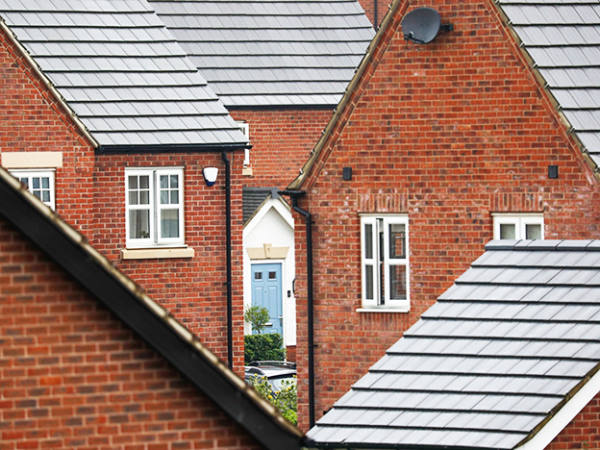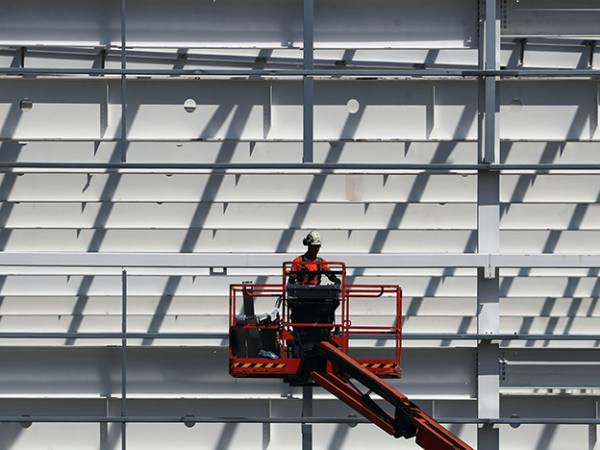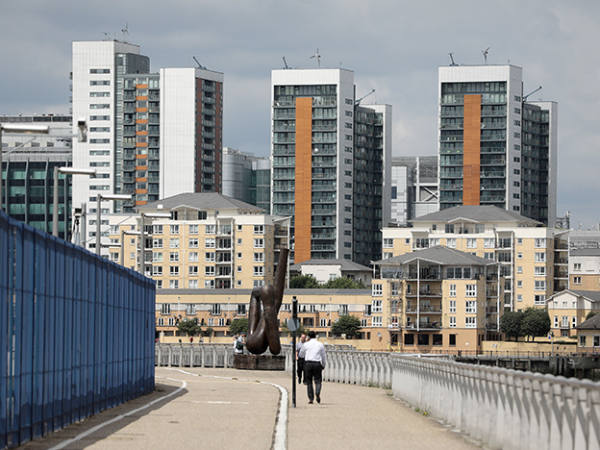In many ways, all advanced economies have the same housing market issues at the moment. Higher interest rates have pushed up mortgage rates which have in turn squeezed homeowners' budgets, dampened demand, and in some cases even forced owners into fire sales or – worse still – repossessions.
But all markets have their own idiosyncratic problems, and the UK is no exception.
‘Price takers’
First, consider domestic housebuilders. Like their peers in other countries, UK housebuilders struggle to get yesterday’s prices for their brand-new homes due to higher interest rates. UK housebuilders must in theory also compete with a much livelier market for older homes. According to a survey by estate agency RE/MAX, the English are more likely than any of the EU countries surveyed to say they intend to move home next year or in five years.
That survey was conducted in August 2022 and the state of the housing market has arguably worsened more rapidly in the UK than anywhere else since then. But it is undeniable that regular moves are a feature of the domestic market – and more frequent moving means more second-hand stock. As Investec analysts put it recently, UK housebuilders are “essentially price takers, with the much larger existing homes market setting prices”.
The British also have more flexible mortgage terms than many European countries, which is arguably linked to this higher number of home moves. Regardless, the contrast is stark. In the US and many European countries, mortgage fixes often run for 20 or even 30 years. In the UK, almost all mortgages are variable or fixed for five years or under.
In Europe, if not in the US, this is accompanied by a tendency to move home less frequently over the course of a lifetime.
European housebuilders tend to be arms of large listed construction companies that deliver rental homes, commercial buildings and infrastructure projects alongside homes for sale. As such, it is harder to gauge whether lower liquidity in the second-hand housing market has been a boon for Europe’s housebuilders.
Attitudes might also explain the domestic tendency to buy second-hand. Miranda John, international property director at Savills Private Finance, says that even when buying in France, Britons “like to try and buy an older property and fix it up”, whereas the French, as the Americans, are happier to buy a new build.
In the UK, dislike of newly built properties is part of the psyche of many, and not without reason. Where Europe has a market comprising many smaller housebuilders, the UK has something resembling a cartel. In January this year, the Competition and Markets Authority (CMA) launched a probe into industry behaviour due to “widespread concerns about housing availability and costs”. Housebuilders have long defended themselves against accusations of anti-competitive behaviour, but the negative public perception of them and their product is not unfounded.
Rate of change
Whatever the reason for the state of the UK market, the upshot is that the UK's love for shorter fixed-term mortgages exposes it much more to the sudden rise in rates. However, things could be worse: that love affair used to be with variable rate mortgages, but this started to shift well before the current mortgage crisis sparked by last year’s disastrous ‘mini’ Budget. Most UK mortgage holders used to be on variable rates but have moved towards fixed rates in the past 10-15 years as they sought to lock in the ultra-low rates available since the financial crisis. In keeping with that, the fixed rates UK homeowners are on are getting longer.
The data does show a sudden recent spike in new variable rate mortgages, likely because buyers have been far less willing to lock in what are now much higher rates, in the hope the situation will soon improve. However, the long-term trend in the UK and Europe is away from variable rates.
Continental Europe is not homogenous, though. While the French love their long-term fixed rates, the Spanish and the Irish have more variable-rate mortgages than the UK. The Irish market is also similar to the UK market in that even those on fixed rates only tend to take deals that last for around two years. Yet, the Irish market does arguably now differ from the UK market in its checks for mortgage applications. Even when interest rates were low last year, one estate agent says he saw Irish banks stress-testing their customers for a 6 per cent interest rate scenario.
The result is a much lower rate of repossessions in Ireland than in the UK so far – although in both countries, the numbers are far below the highs seen in the aftermath of the 2007 housing crash, but the UK figures are ticking back up. In the 12 months to 31 March this year, there were 3,319 new repossessions in the UK compared with 60 in Ireland over the same period, meaning four times more in the UK per capita.
But even shorter fixes help spread out the pain. Add in the number of households who are mortgage-free – more than half of owner-occupiers in the UK now fit this bill – and it's clear that higher interest rates are not as immediately painful as they would have been two decades ago. With the UK now shifting towards longer fixed-rate mortgages, things may prove to be even less painful in the next downturn. The lessening impact of interest rates means fewer repossessions, less pain for most mortgage holders, and less pain for housebuilders. Although the UK housing market has many other issues, longer mortgage rates are likely to improve the market for almost everyone who can get one.













